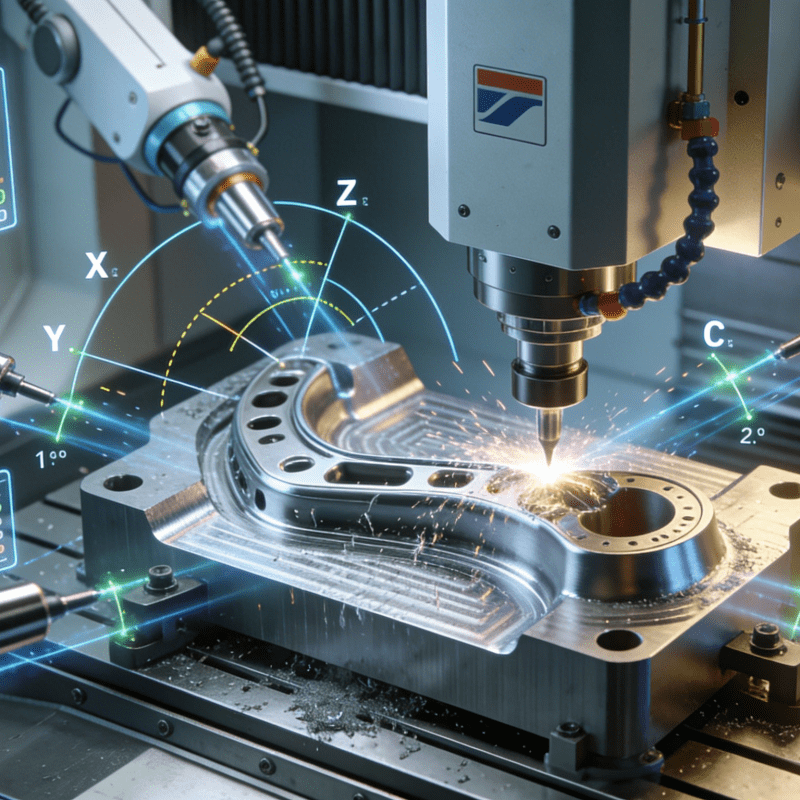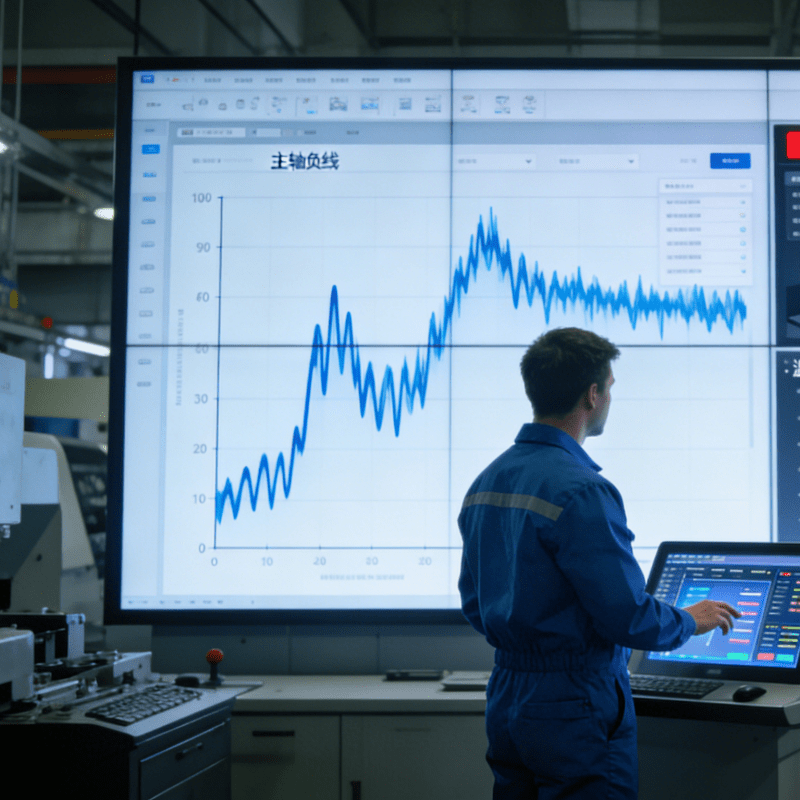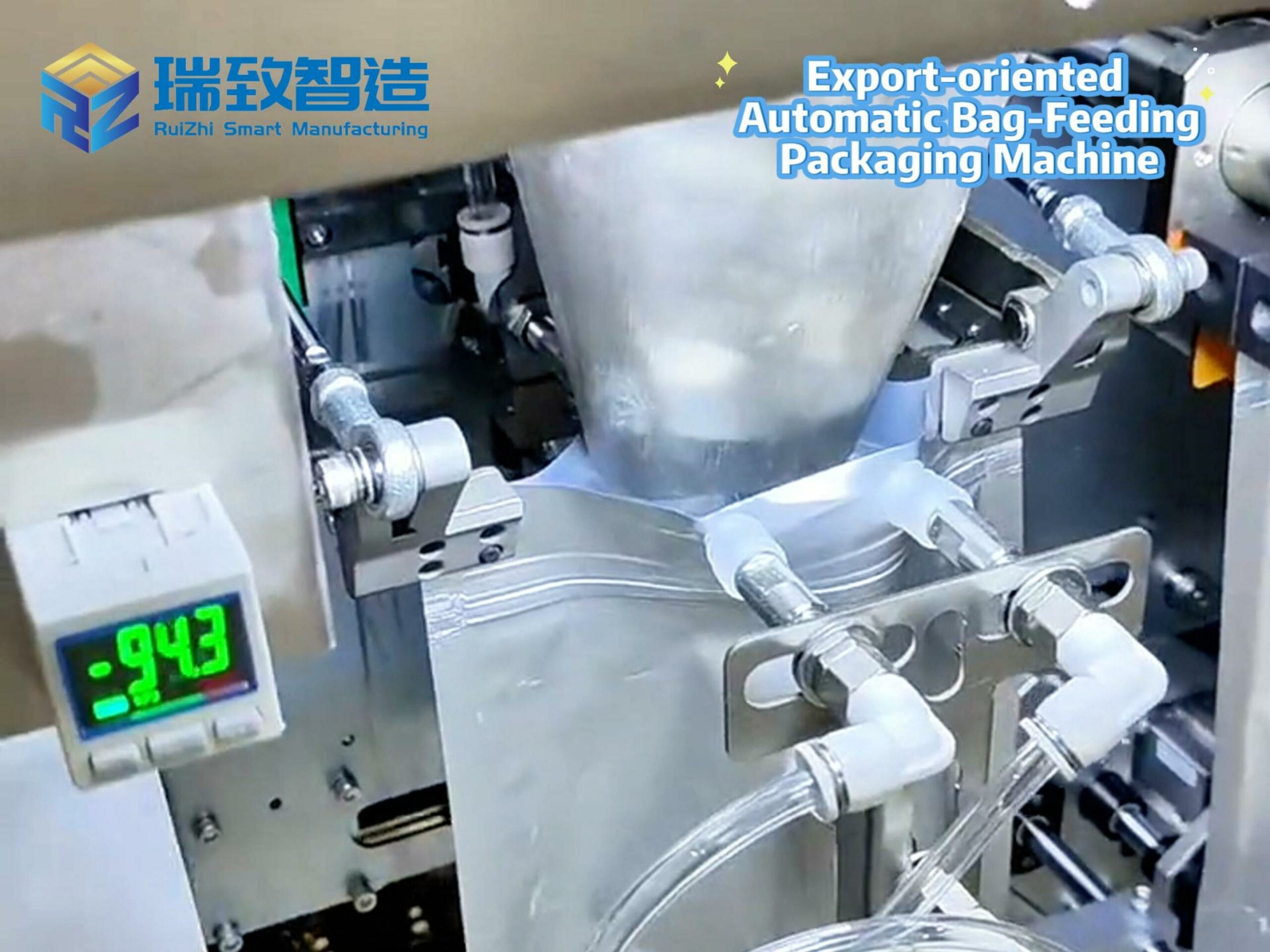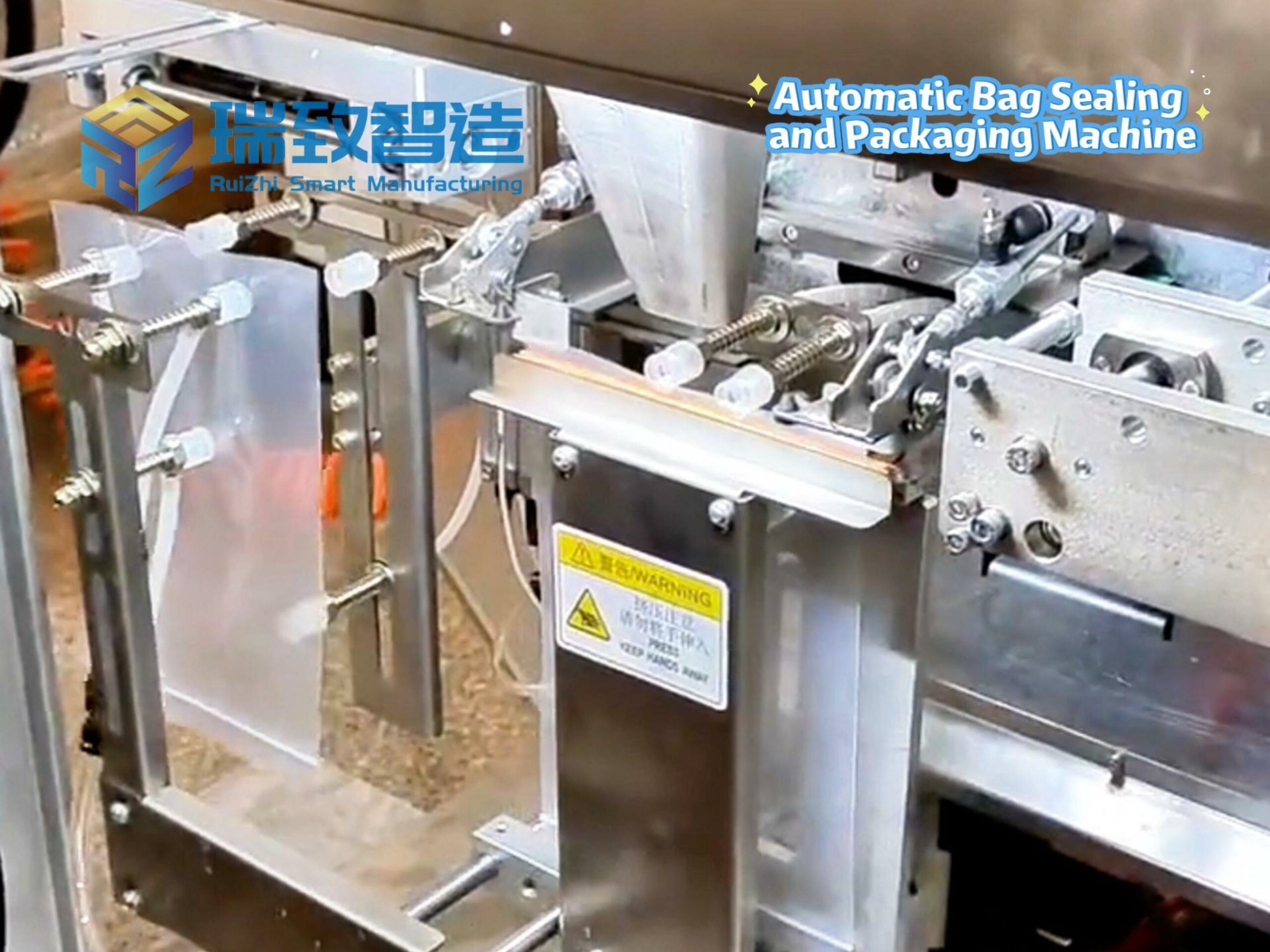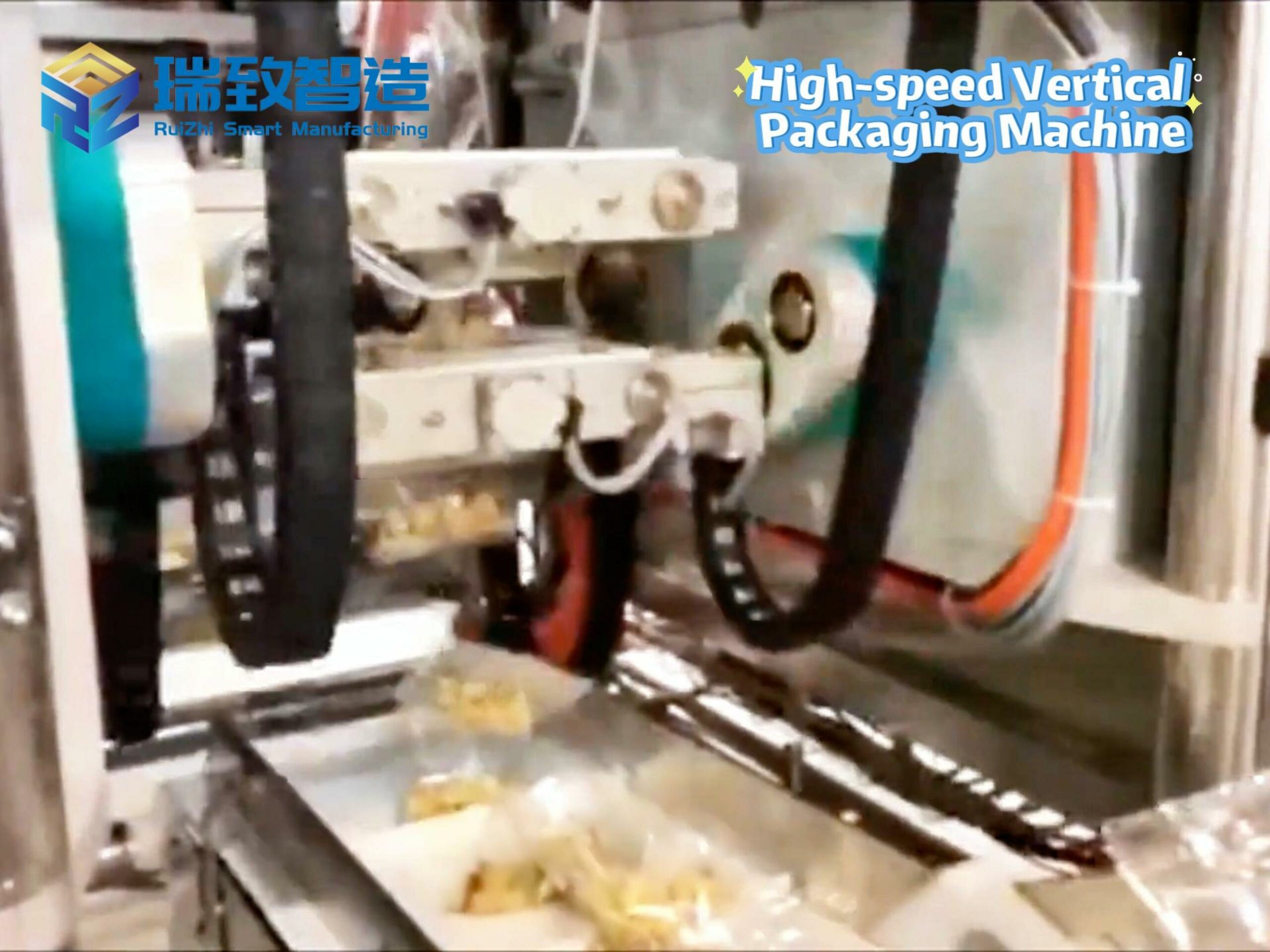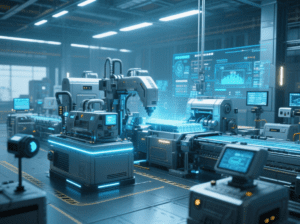
For industries such as manufacturing, energy, utilities, and logistics, Agentic AI has the potential to bring about profound transformations, including automatic root cause analysis, predictive maintenance, self-optimizing production lines, as well as power grid scheduling and supply chain orchestration completed through multi-agent collaboration.
In the wave of rapid evolution of artificial intelligence, Agentic AI is gradually emerging as a key force driving industrial transformation. Compared with traditional AI systems that rely on static models, Agentic AI possesses goal-oriented autonomy and capabilities of perception, planning, action, and continuous learning. This ability will enable industrial automation to move from rigid rule-based processes to dynamic, self-optimizing intelligent systems.
For industries like manufacturing, energy, utilities, and logistics, Agentic AI has the potential to achieve far-reaching changes, such as automatic root cause analysis, predictive maintenance, self-optimizing production lines, and power grid dispatching and supply chain orchestration completed by multi-agent collaboration. However, to truly unleash its value, it not only depends on the technology itself but also requires building a complete ecosystem, covering data infrastructure, interoperability protocols, as well as the reshaping of corporate culture and trust mechanisms.
Core Capabilities and Distinctions of Agentic AI
Agentic AI differs from traditional AI models (such as classifiers or regression models) in that it does not simply generate one-time outputs in response to inputs, but can operate continuously for a long time and adapt to changes in the external environment in real-time. Agentic AI has the following core capabilities:
- Environmental perception: Continuously collecting external data to understand the current situation;
- Autonomous planning: Automatically formulating strategies based on goals;
- Intelligent execution: Interacting with systems, humans, and other agents and taking actions;
- Continuous learning: Optimizing decision-making processes through feedback.
These characteristics enable Agentic AI to demonstrate far greater flexibility and intelligence than traditional automation systems in complex, dynamic, and multi-variable industrial environments.
Key Technical Foundations Supporting Agentic AI
To successfully implement Agentic AI in industrial scenarios, a complete set of technical infrastructure oriented towards real-time performance, scalability, and security must be built. The following are the core components:
- Stream Data Architecture
Agentic AI requires real-time situational awareness, which places higher demands on the underlying data architecture. Traditional batch processing workflows cannot meet its requirements for timeliness and granularity. Stream data platforms such as Apache Kafka and Apache Flink have become key technical supports, enabling real-time extraction, processing, and transmission of telemetry data from PLCs, SCADA systems, and IoT devices. At the same time, the feedback mechanism allows agents to quickly adjust strategies based on the consequences of actions, promoting adaptive evolution of the system.
- Vector Databases and Memory Systems
Intelligent agents must have “memory” to record and understand past states, decisions, and results. Vector databases support semantic retrieval across time series and text, building the long-term memory system of intelligent agents. For industrial scenarios, such as the gradual evolution of equipment abnormalities, relying solely on current data cannot accurately identify risks, and the memory system just fills this gap.
- Model Context Protocol (MCP)
Agents need to work in collaboration with production control systems, such as MES, ERP, and digital twins. Emerging protocols like MCP provide a standardized framework that enables agents to safely manage their context windows and independently call APIs, control systems, or interface tools. It is a bridge for efficient interaction between intelligent agents and existing enterprise systems, especially crucial in high-complexity process control.
- Simulation Environments and Digital Twins
Industrial on-site experiments are high-risk and costly. By building a virtual factory environment through a digital twin system, intelligent agents can train, test, and verify strategies in a safe space. An ideal platform should truly reproduce physical characteristics, fault modes, and control logic, helping agents achieve near-optimal performance before deployment.
- Edge AI and Local Inference Capabilities
Due to latency, privacy, and bandwidth limitations, a large amount of industrial data is not suitable for transmission to the cloud. Edge AI enables intelligent agents to make local decisions at the data source. For example, in scenarios such as robot control, inspection tasks, or power grid monitoring, agents can respond within milliseconds and synchronize to the central system when necessary. This architecture is particularly important for achieving real-time autonomous control.
Barriers and Challenges in Promoting Agentic AI
Despite the broad technological prospects, deploying Agentic AI is not an easy task. Its successful implementation requires overcoming the following key challenges:
- Data Silos and System Integration
Industrial data is usually scattered in closed systems, such as SCADA, ERP, and DCS, lacking uniform formats and accessibility, which limits the perception and decision-making capabilities of intelligent agents. The solution lies in adopting open data standards, building modern data platforms, and promoting cross-departmental collaboration in data governance.
- Security, Reliability, and Interpretability
The application of Agentic AI in high-risk fields such as nuclear energy and chemical industry must meet extremely high safety and predictability requirements. This demand conflicts with the adaptive and experimental characteristics of agents. Technologies such as constrained reinforcement learning, Human-in-the-loop mechanisms, and verifiable strategy layers are exploring solutions, but they are not yet fully mature.
- Skill Gaps and Organizational Transformation
The successful implementation of Agentic AI not only relies on algorithms but also requires cross-disciplinary technical and business capabilities. Currently, most industrial enterprises lack compound talents with experience in ML, automatic control, and operation and maintenance. Therefore, skill improvement, organizational training, and cultural transformation have become key supports for promoting intelligence.
Conclusion: Moving Towards a New Paradigm of Intelligent Industry
Agentic AI is leading industrial automation into a new era, from rule-driven to goal-driven, from passive response to autonomous adaptation. For forward-thinking industrial enterprises, now is a critical window to build technical foundations, reconstruct data architectures, and promote organizational transformation.
It is recommended that enterprises proceed from the following aspects:
- Build real-time data pipelines to data flow between edges and centers;
- Invest in digital twins and simulation environments to provide experimental fields for intelligent agent training;
- Pilot small-scale, autonomous tasks to establish experience and trust mechanisms;
- Cultivate cross-functional teams to build system-level cognition and operational capabilities.
The true value of Agentic AI does not lie in “replacing” humans, but in injecting unprecedented agility and intelligence into industrial systems through enhancement, collaboration, and continuous learning. The factories of the future will not only be automated but also “think”.


